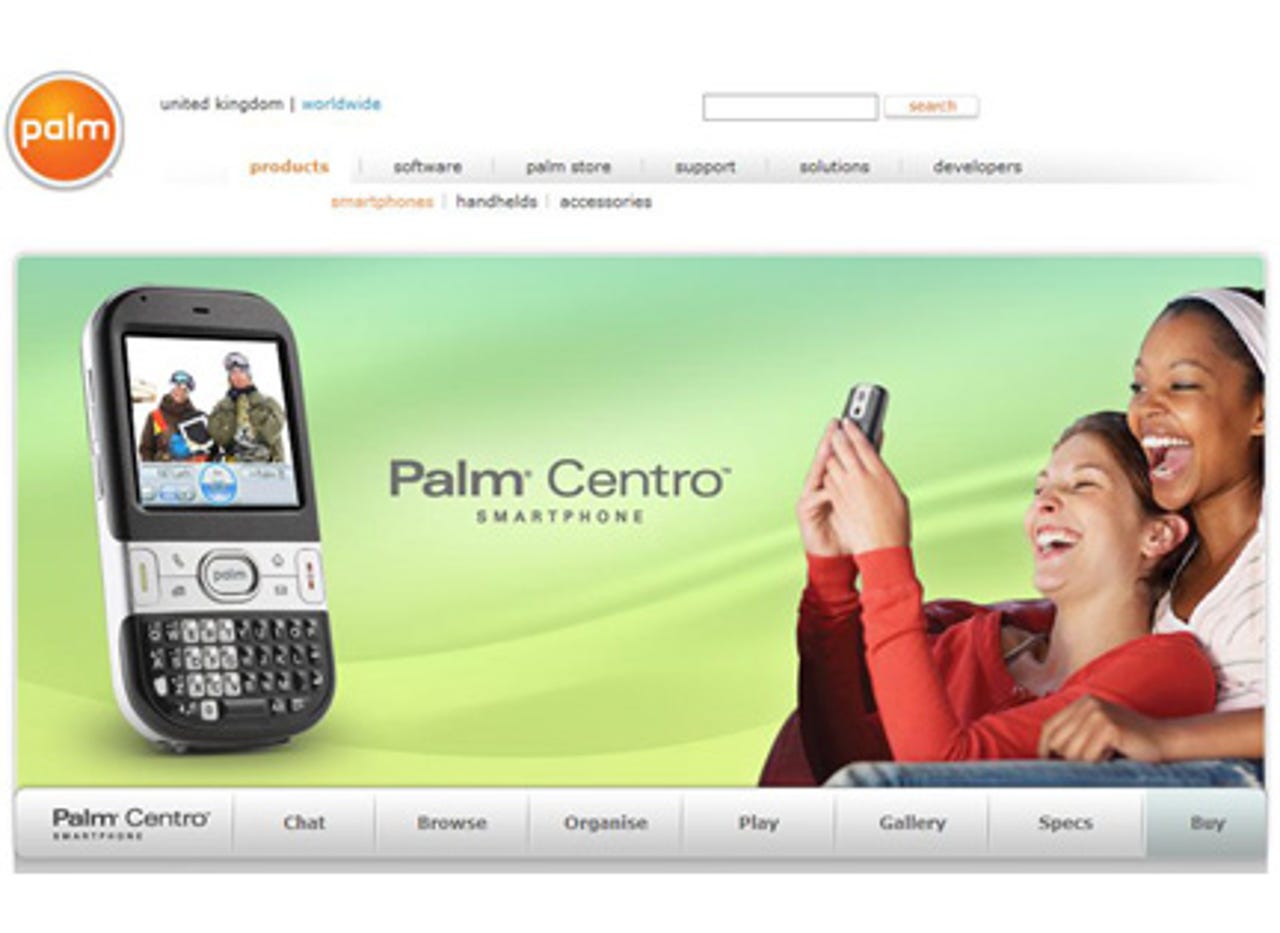Photos: Palm Centro


Palm launched the Centro in the US in September last year, and the device has just made it to the UK as a SIM-free product available for £199. Our sample came from Expansys.
Palm has recently concentrated on Windows Mobile devices such as the Treo 750 and Treo 500. In fact, the company's last Palm OS device, the Treo 680, launched in late 2006.
Design-wise the Centro is clearly a Palm product, although it's differentiated from devices in the Treo range. Palm is trying to appeal to both business users and consumers — a difficult trick to pull off when it comes to design.
The Centro weighs 124g and measures 107mm tall by 53mm wide by 18mm thick. Palm has fitted a QWERTY keyboard into the Centro, although it's extremely cramped: despite the keys being significantly raised, we were unable to type at anything like our optimum speed for a handheld. Heavy mobile email users may wish to look elsewhere.
The top-mounted mute button is a legacy from the old Treo handsets, and is extremely useful for those times when silence is required. All mobile phones and handhelds should incorporate a similar simple switch. On the other hand, the proprietary connectors for power and PC synchronisation may irritate those accustomed to using USB for both tasks.
The Centro's specifications are slightly puzzling. The operating system, Palm OS 5.4.9, is the same version that appeared in the Treo 680 in late 2006. There are some additions and tweaks, but anyone familiar with Palm OS on a Treo will recognise this incarnation immediately.
The Centro is a quad-band GSM phone with GPRS and EDGE support but no 3G. It has Bluetooth and infrared, but not Wi-Fi. And unlike some of today's cutting-edge Windows Mobile and S60 devices, it lacks a GPS receiver. There's a 1.3 megapixel camera and 64MB of user-accessible memory, which can be boosted via the microSD card slot.
Compared to competing smartphones such as Nokia’s E51 or E90, or any number of Windows Mobile handhelds, the Centro's specs feel somewhat behind the times.
Despite its so-so technical specifications and awkward keyboard, the Centro manages to impress thanks to its array of built-in software. This is well thought-out and, although similar to earlier versions, remains easy to use and functional.
Calendar, task management, contact management and note-taking are the core PIM tools, with mobile email covered very well by VersaMail. This can handle both POP and Exchange-based push email. An SMS client that supports threading makes it easy to follow a text conversation.
You get a web browser and Google Maps, along with Documents To Go, which — if you are brave enough to struggle with the keyboard — can be used to edit as well as view Word, Excel and PowerPoint documents. Other applications include a music player and voice memo utility.
The touch-screen is a bit small for comfortable web browsing, although it's similar in size to that of the popular BlackBerry Pearl.
Battery life is on the average side for a smartphone. With no 3G or Wi-Fi to contend with, it's possible to get over two days of decent use from the Centro; however, we'd recommend a daily recharge to be on the safe side.
Overall, the Centro is disappointing given that it's Palm’s first Palm OS device for a while. The keyboard lacks usability, and the specifications are decidedly mid-range.
The Palm software suite continues to impress though, and anyone looking for a budget smartphone could consider it on that basis alone — but before you buy to discover whether you can live with the small keyboard.